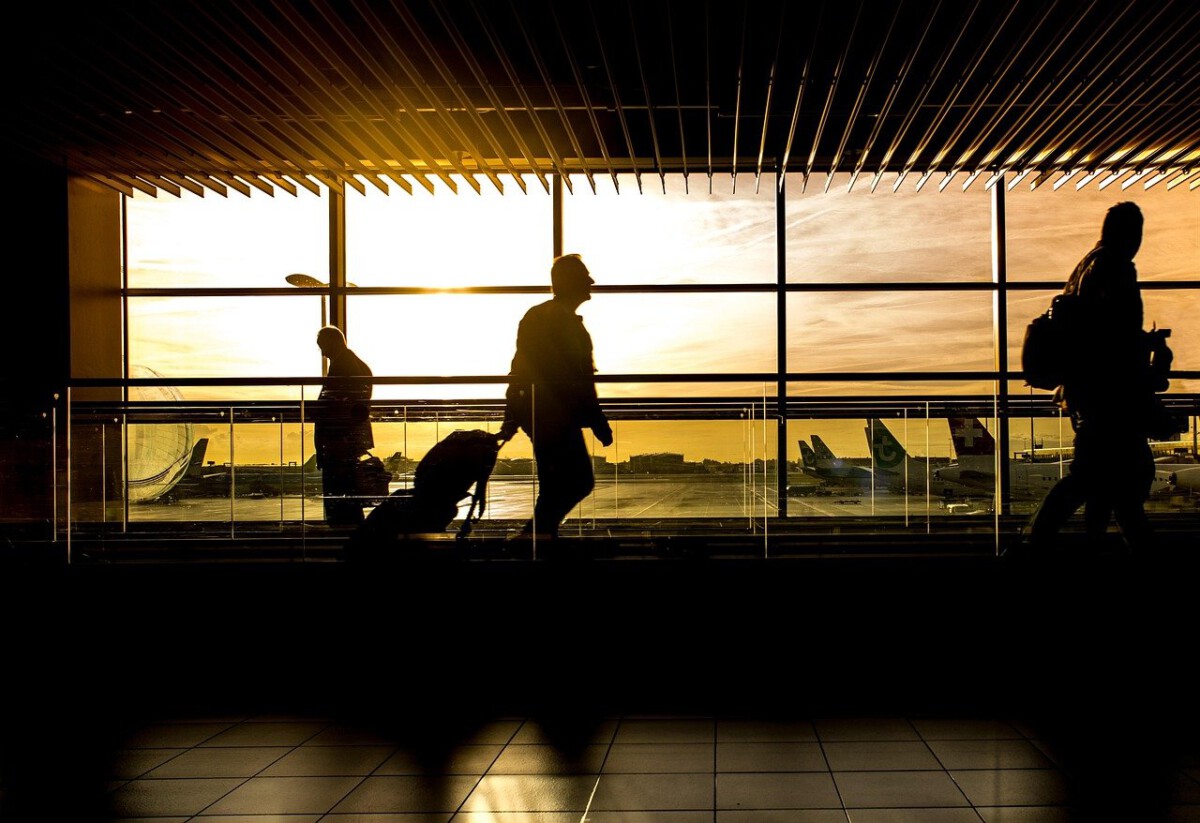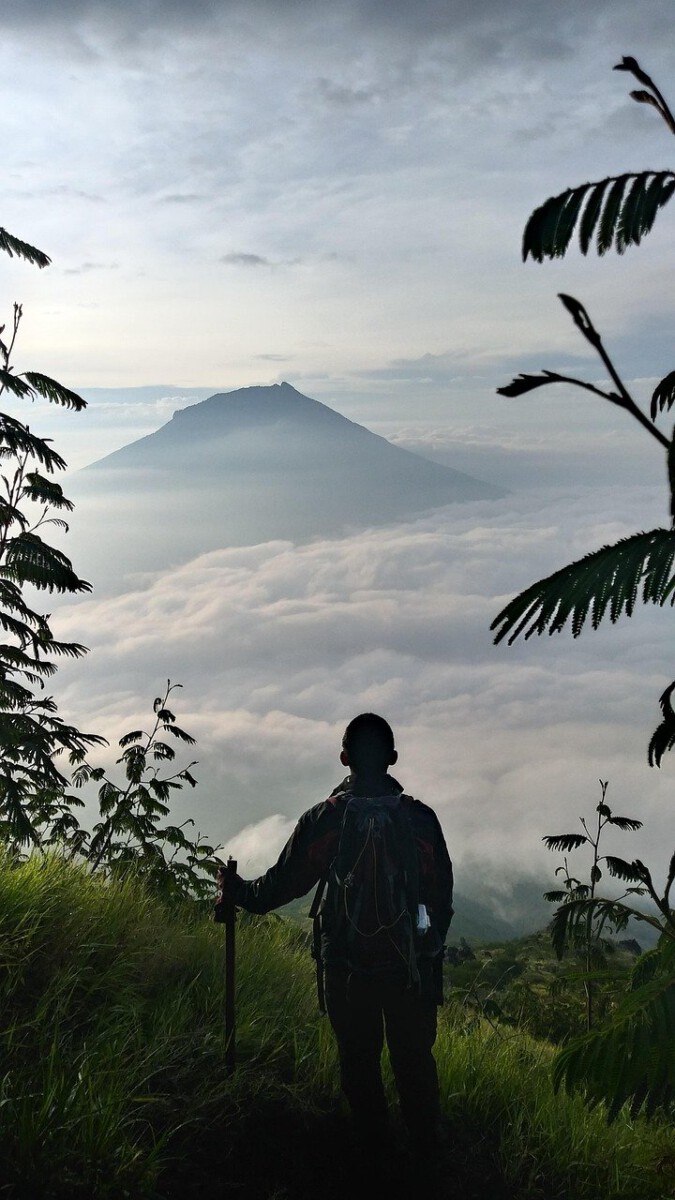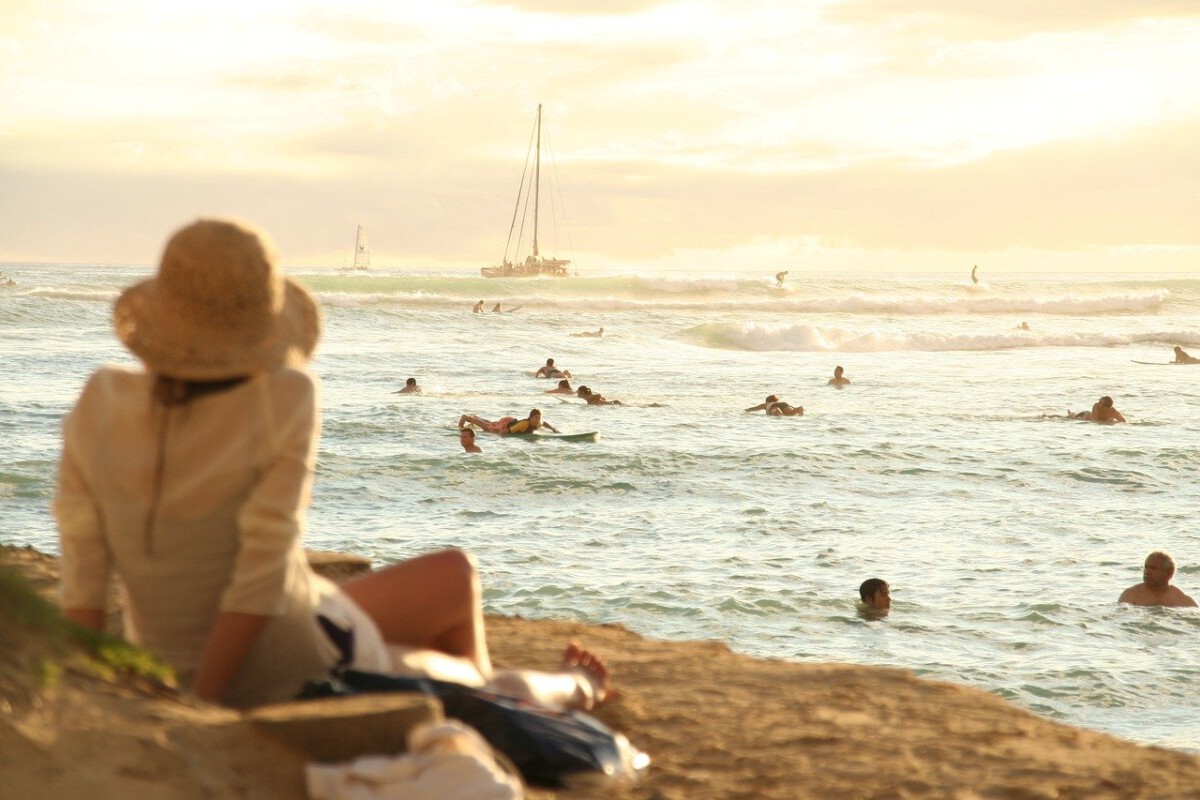Overview of the Current Travel Advisory

It might come as a shock, but the official U.S. Department of State advisory for Mexico in 2025 is at Level 3: Reconsider Travel. This isn’t just a bureaucratic label—it’s a real signal for travelers, especially families and solo adventurers, that certain parts of Mexico are facing serious security challenges. Crime is the central concern, with the advisory emphasizing violent incidents, kidnappings, and drug-related activity. States like Guerrero, Michoacán, and Sinaloa top the list of areas where the risks are highest. The numbers paint a sobering picture, too: Mexico recorded around 30,000 homicides in 2024, reflecting the ongoing struggle with criminal violence. The advisory isn’t meant to scare people off entirely, but it’s a clear call for extra caution. It’s not just about crime statistics—it’s about understanding the real risks on the ground. Anyone planning a trip this summer should be paying close attention to these warnings.
Key Areas of Concern

Not all of Mexico is under the same shadow of risk, but certain regions are more dangerous than others. Baja California, especially the city of Tijuana, has seen a surge in violent crime, with a reported 20% increase in such incidents from 2023 to 2024. Zacatecas and Colima are also flagged for their high levels of gang violence and organized crime. These aren’t just random upticks—local reports and law enforcement data confirm that these states are hotspots for cartel activity, robberies, and assaults. Even seasoned travelers have shared stories in forums about witnessing or hearing about unsettling incidents. The pattern is clear: while the beaches might look inviting, the neighborhoods just a few miles away can be a world apart in terms of safety. For visitors, it’s essential to know which destinations are considered high-risk so they can make informed choices and avoid unnecessary danger.
Safety Tips for Travelers

Traveling smart in Mexico isn’t about paranoia—it’s about being prepared. Simple actions can make a big difference. For starters, stick to well-populated areas and avoid venturing out after dark. Don’t flash expensive jewelry, electronics, or cash, as these can make you a target for theft. Using established transportation services instead of hailing random taxis is another crucial safety step. The U.S. State Department strongly suggests registering your trip with the Smart Traveler Enrollment Program (STEP), so you get alerts about any sudden changes in safety conditions. Keeping emergency contacts written down and saved in your phone is a small detail that can have a huge payoff if something goes wrong. Even just asking hotel staff for advice on safe places to visit can give valuable local insights that guidebooks might miss. The bottom line is: a little caution goes a long way.
The Impact of Crime on Tourism

Despite all the headlines, Mexico’s tourism industry is still booming. More than 40 million international travelers visited the country in 2024, according to tourism board reports. The draw of white-sand beaches, vibrant cities, and delicious food remains strong. However, the perception of danger does affect where travelers choose to go. Cancun, Playa del Carmen, and Los Cabos continue to see huge numbers of tourists, partly because crime rates there are relatively low compared to other regions. The Mexican government is well aware of the importance of tourism, so it has ramped up police presence and installed more security cameras in popular tourist spots. Hotels and resorts are investing in private security as well. While the majority of Mexico is safe for visitors, the risk in certain areas cannot be ignored. The balance between adventure and caution is more important than ever.
Recent Developments in Crime Rates

The good news is that some popular tourist areas have seen improvements in safety. In Quintana Roo, which includes Cancun and Tulum, crime reports dropped by 10% in 2024 compared to the previous year. This doesn’t mean these places are completely risk-free, but it does show that targeted security efforts are working. In contrast, border states and areas known for cartel activity remain a concern, with local police and federal forces often stretched thin. The government has also reported more arrests related to organized crime, which is a hopeful sign, but the battle is far from over. Staying up to date with local news, travel advisories, and even community social media groups can give travelers a real-time sense of what’s happening on the ground. These recent trends highlight the importance of being flexible and responsive to changing conditions.
Understanding Drug-Related Violence

Drug cartels are still a major driver of violence in many parts of Mexico. In 2024, government reports linked over 90% of violent crimes to organized criminal groups battling for control of territories and trafficking routes. This violence doesn’t always stay hidden from the public—shootouts, kidnappings, and extortion can spill over into communities where tourists might be staying or passing through. Even though the vast majority of travelers never encounter these dangers firsthand, the risk is real enough that caution cannot be overstated. Authorities have struggled to contain cartel operations, and their reach extends into legitimate businesses and local politics. These realities make it clear why the advisory is so strict for certain areas. For travelers, the best defense is awareness—know where you’re going, and avoid places with known cartel activity.
Cultural Considerations and Local Laws

Mexico’s culture is warm and welcoming, but respecting local customs and laws is crucial. Something as innocent as stepping into a church in beach attire can raise eyebrows, and in some places, it’s considered disrespectful. Laws surrounding drugs and other controlled substances are strict, and penalties can be severe—even for tourists. Some Americans have learned the hard way that what’s legal at home can mean jail time in Mexico. Greeting people politely, using “Señor” or “Señora,” and showing respect for traditions enriches the travel experience and helps avoid misunderstandings. Even simple acts like tipping appropriately and asking permission before taking photos of people can go a long way. Learning a few basic Spanish phrases is not just polite but can help in emergencies. Awareness of these details can make the difference between a memorable vacation and an uncomfortable situation.
The Role of the Mexican Government

In response to ongoing safety concerns, the Mexican government has taken decisive actions. The deployment of the National Guard has been expanded in 2024, especially in high-risk states and major tourist hubs. A massive $1 billion security investment was announced last year, aimed directly at increasing safety for visitors. This includes upgraded training for police officers, better surveillance technology, and increased collaboration with international law enforcement agencies. Local authorities have also partnered with major hotel chains to provide additional security for guests. These efforts are not just political gestures—they’re real investments in the country’s most important economic sector. While challenges remain, these steps are helping to reassure both tourists and locals that their safety is a priority.
Resources for Travelers

Travelers have more tools than ever to stay updated on safety conditions in Mexico. The U.S. State Department’s website is the go-to source for official travel advisories, which are updated regularly. Many Mexican states and cities have their own tourism boards with resources on which areas are safe to visit and how to access emergency services. Online travel forums, like those on Reddit or TripAdvisor, host active discussions where recent travelers share real-time information, tips, and warnings. Following local news outlets on social media can also provide up-to-the-minute updates during your stay. Apps like Google Maps and WhatsApp are widely used in Mexico and can help travelers navigate or call for help if something goes wrong. Being connected and informed is easier than ever.
Conclusion: Staying Informed and Prepared

Summer travel to Mexico holds incredible promise, but it demands attention to the latest advisories and a commitment to staying prepared. Understanding the risks, following proven safety tips, and keeping up with the news can help visitors enjoy everything Mexico has to offer. The landscape is changing, and it’s up to travelers to adapt and make safe choices. The key is not to avoid Mexico altogether, but to approach it with clear eyes and good information. The rewards—a stunning culture, beautiful sights, and unforgettable experiences—are still there for those who travel smart.






